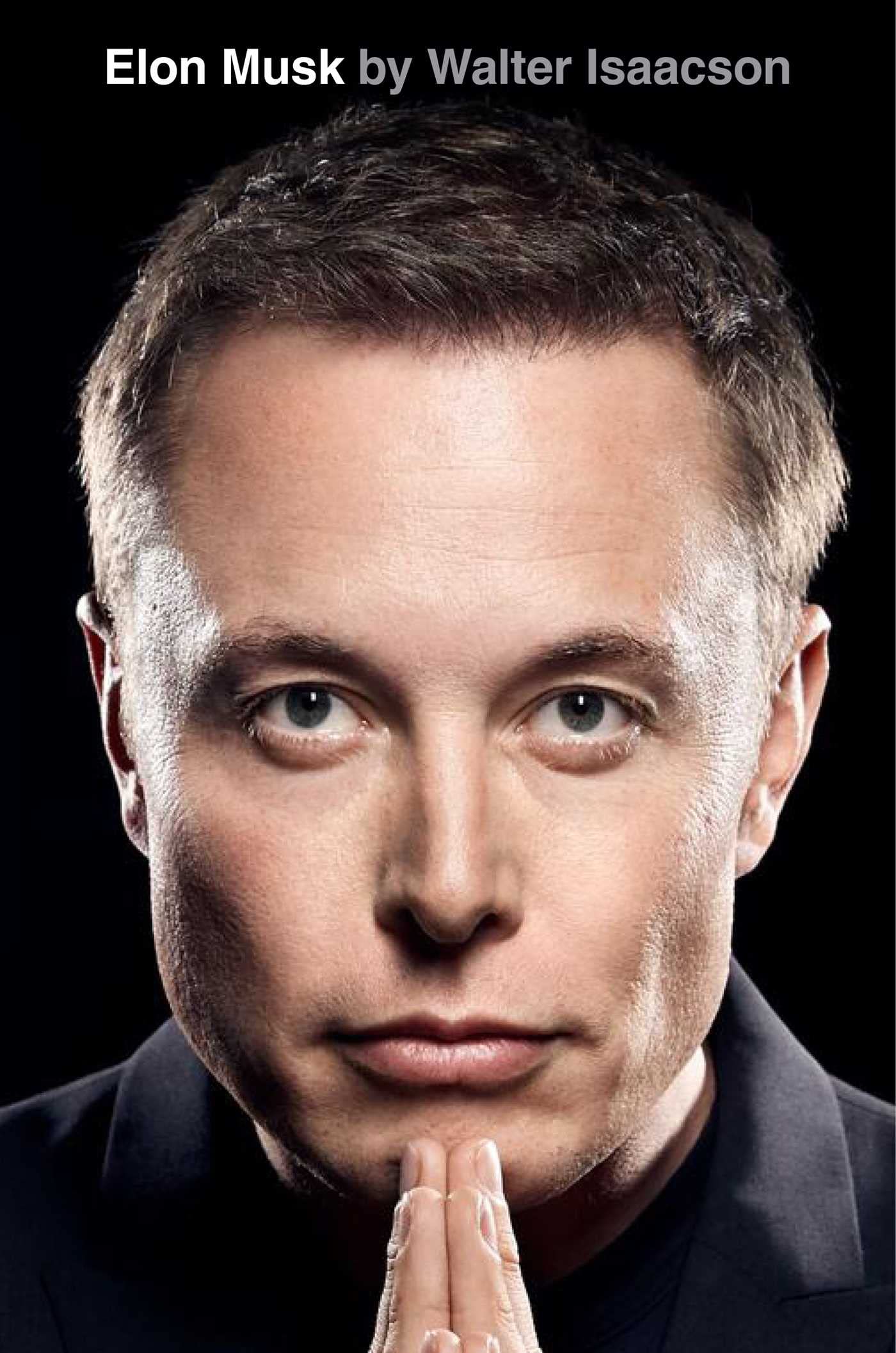42. Solar
bySolar energy has been a central pillar of Elon Musk’s long-term vision, and its journey dates back to 2004 when Musk, traveling to Burning Man in an RV, inspired his cousin Lyndon Rive to delve into the solar industry. Musk, driven by his mission to combat climate change and make a difference on a global scale, advised Lyndon and his brother Peter to enter the solar market, where they would eventually create SolarCity. Musk provided crucial funding for the company, understanding that solar energy, despite its potential, was riddled with high consumer costs and a lack of clarity in the market. With Musk’s backing and a shared entrepreneurial spirit fostered during their childhood in South Africa, the Rive brothers saw an opportunity to revolutionize solar energy by creating a business model that offered more straightforward, affordable access to solar panels, leading to the founding of SolarCity in 2006, with Elon Musk taking on the role of chairman.
The company quickly grew and became a key player in the solar industry, but by 2015, SolarCity faced mounting financial pressures due to its aggressive sales tactics and the increasing debt burden it carried. These challenges raised concerns for Musk, and after reflecting on how to continue growing both his solar and electric vehicle ambitions, he proposed the idea of integrating SolarCity into Tesla. This move was driven by his vision of creating a seamless, integrated solution that combined solar power with Tesla’s battery technology to form a sustainable energy ecosystem. Despite initial reservations from Tesla’s board, the acquisition was approved in 2016, marking a significant step in Musk’s broader plan to push for clean, renewable energy sources. The merger was seen as a pivotal moment, both for Tesla’s future and for the energy landscape as a whole, as it sought to combine solar power, energy storage, and electric vehicles under one unified strategy.
Though the acquisition was a major milestone, it faced resistance from certain Tesla shareholders, raising concerns over the financial risks associated with the merger. The deal, however, was upheld in court, and Musk’s vision for a more sustainable energy ecosystem was solidified. The transition was not without difficulties, especially as internal conflicts arose regarding the future direction of the solar business and how best to integrate SolarCity’s operations with Tesla’s broader goals. As part of this transformation, Musk shifted his focus towards developing a new kind of solar technology—one that would move beyond the traditional solar panel system. This resulted in the creation of the solar roof, which integrated solar cells directly into the roofing materials themselves, providing a more aesthetically pleasing and efficient alternative. The unveiling of this innovative product further emphasized Musk’s dedication to creating sustainable, visually attractive, and highly functional energy solutions that went beyond what traditional solar panels could offer.
With the introduction of the solar roof, Musk not only changed the way we think about solar energy but also pushed the boundaries of technology, design, and sustainability. The solar roof presented an opportunity for homes to generate clean energy without compromising on aesthetics or functionality, aligning with Musk’s vision of a future where sustainability becomes seamlessly integrated into daily life. Tesla’s energy division, with its focus on solar roofs and battery storage, set the stage for a future in which renewable energy is not only accessible but also embedded into the infrastructure of our homes and cities. By blending his knowledge of electric vehicles with solar power solutions, Musk is creating an energy future that goes beyond just reducing carbon emissions; it also tackles the problem of energy storage, efficiency, and the widespread availability of clean energy. Musk’s relentless pursuit of innovation continues to reshape the way we produce, consume, and store energy, reinforcing his role as a pioneer in transforming industries to address the pressing needs of a changing planet.


